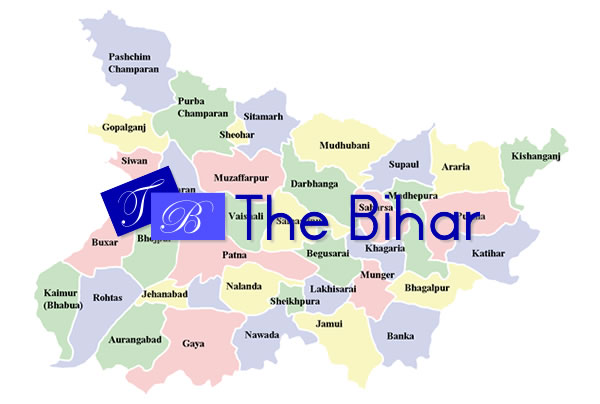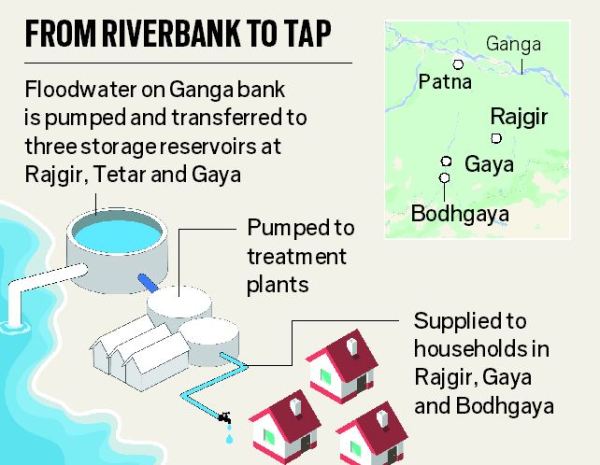Rajendra Prasad
5 min readDr. Rajendra Prasad (3 December 1884 – 28 February 1963) was an Indian politician and educator. He was one of the architects of the Indian Republic, having drafted its first constitution and serving as the first president of independent India (26 January 1950 – 13 May 1962).Rajendra Prasad is the only president in India till now who was elected twice for the post of President. That makes somebody mistaken that he was both the first and second President. But, as he served consecutively, he was just the first.
During the independence movement, he left his law work and joined the Congress Party, playing a prominent role in the Indian Independence Movement. He served as the president of the Constituent Assembly that drafted the first constitution of the Republic, which lasted from 1948 to 1950. He also became the first Minister of Food and Agriculture in the year 1946 in the Interim national Government.
Rajendra Prasad was the youngest son of Mahavira Sahai, and born in a Kayastha family. He was known as “Rajen” to his family and friends. His father was a scholar of both the Persian language|Persian]] and Sanskrit languages, while his mother, Kamleshwari Devi, was a religious woman.
When Prasad was five years old, his parents placed him under the tutelage of a Moulavi, an accomplished Muslim scholar, to learn the Persian language, Hindi and arithmetic. After the completion of traditional elementary education, Prasad was sent to the Chapra District School and at a small age of 12, he was married to Rajavanshi Devi. He, along with his elder brother Mahendra Prasad, then went to study at T.K. Ghosh’s Academy in Patna for a period of two years.He secured first in the entrance examination to the University of Calcutta and was awarded Rs.30 per month as a scholarship. He joined the Presidency College in 1902, initially as a science student. He passed Intermediate level classes then called as F. A. under Calcutta University in March 1904. Later he decided to focus on the arts and did his M.A. in Economy with First Division from Kolkata University in December 1907. There he lived with his brother in the Eden Hindu Hostel. A devoted student as well as a public activist, he was an active member of The Dawn Society. It was due to his sense of duty towards his family and education that he refused to join Servants of India Society. Prasad was instrumental in the formation of the Bihari Students Conference in 1906 in the hall of the Patna College.It was the first organization of its kind in India and produced some of the eminent leaders of Bihar like Dr. Anugrah Narayan Sinha and Sri Krishna Singh.Dr. Rajendra prasad was a great man of India.
Rajendra Prasad served in various educational institutions as a teacher. After completing his MA in economics, he became a professor of English at the Bhumihar Brahman College (Now Langat Singh College) in Muzaffarpur, Bihar and went on to become the principal. However later on he left the college for his legal studies. In 1909, while pursuing his law studies in Kolkata he also worked as Professor of Economics at Calcutta City College. In 1915, Prasad appeared in the examination of Masters in Law, passed the examination and won a gold medal. He then completed his Doctorate in Law.
In the year 1916, he joined the High Court of Bihar and Orissa. Later in the year 1917, he was appointed as one of the first members of the Senate and Syndicate of the Patna University. He also used to practice law at Bhagalpur, the famous silk-town of Bihar.
Rajendra Prasad and Anugrah Narayan Sinha during Mahatama Gandhi’s 1917 Champaran Satyagraha Prasad had formally joined the Indian National Congress way back in the year 1911. During the Lucknow Session of Indian National Congress held in 1916, he met Mahatma Gandhi. During one of the fact-finding missions at Champaran, Mahatma Gandhi asked him to come with his volunteers. He was so greatly moved by the dedication, courage, and conviction of Mahatma Gandhi that as soon as the motion of Non-Cooperation was passed by Indian National Congress in 1920, he retired his lucrative career of lawyer as well as his duties in the university to aid the movement.
He also responded to the call by Gandhi to boycott Western educational establishments by asking his son, Mrityunjaya Prasad, to drop out of his studies and enroll himself in Bihar Vidyapeeth, an institution he along with his colleagues founded on the traditional Indian model.
During the course of the independent movement, he interacted with Dr Rahul Sankrityayan, a writer, and polymath. Rahul Sankrityayan was greatly influenced by Prasad’s intellectual prowess, finding him to be a guide and guru. In many of his articles he mentioned about his meeting with Sankrityayan and narrated about their him. He wrote articles for the revolutionary publications Searchlight and the Desh and collected funds for these papers. He toured widely, explaining, lecturing, and exhorting the principles of the independence movement.
He took an active role in helping the affected people during the 1914 floods that struck Bihar and Bengal. When an earthquake affected Bihar on 15 January 1934, Prasad was in jail. During that period, he passed on the relief work to his close colleague Anugrah Narayan Sinha.[6] He was released two days later and set up Bihar Central Relief Committee on 17 January 1934, and took the task of raising funds to help the people himself. During the May 31, 1935 Quettaearthquake, when he was forbidden to leave the country due to government’s order he set up Quetta Central Relief Committee in Sindh and Punjab under his own presidentship.
He was elected as the President of the Indian National Congress during the Bombay session in October 1934. He again became the president when Netaji Subhash Chandra Bose resigned in 1939. On 8 August 1942, Congress passed the Quit India Resolution in Bombay which led to the arrest of many Indian leaders. He was arrested from Sadaqat Ashram, Patna and sent to Bankipur Jail. After remaining incarcerated for nearly 3 years, he was released on 15 June 1945.
After the formation of Interim Government of 12 nominated ministers under the leadership of Jawaharlal Nehru on Sep 2 1946, he got the Food and Agriculture department. Later, he was elected the President of Constituent Assembly on 11 December 1946. Again on 17 November 1947 he became Congress President for a third time after Jivatram Kripalani submitted resignation. Two and a half years after independence, on January 26, 1950, the Constitution of independent India was ratified and Dr. Rajendra Prasad was elected the nation’s first President.
Prasad acted independently of politics, following the expected role of the president as per the constitution. Following the tussle over the enactment of the Hindu Code Bill, he took a more active role in state affairs. In 1962, after serving twelve years as the president, he announced his decision to retire. After relinquishing the office of the President of India on May 1962, he returned to Patna on 14 May 1962 and preferred to stay in the campus of Bihar Vidyapeeth.[7] He was subsequently awarded the Bharat Ratna, the nation’s highest civilian award.
He died on 28 February 1963.


